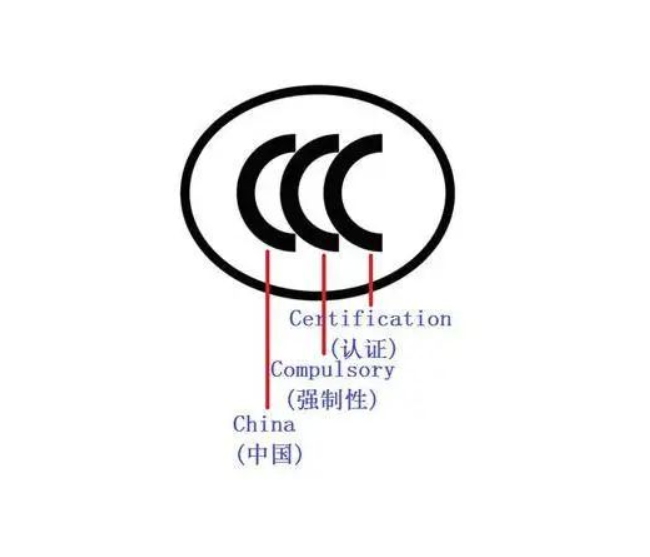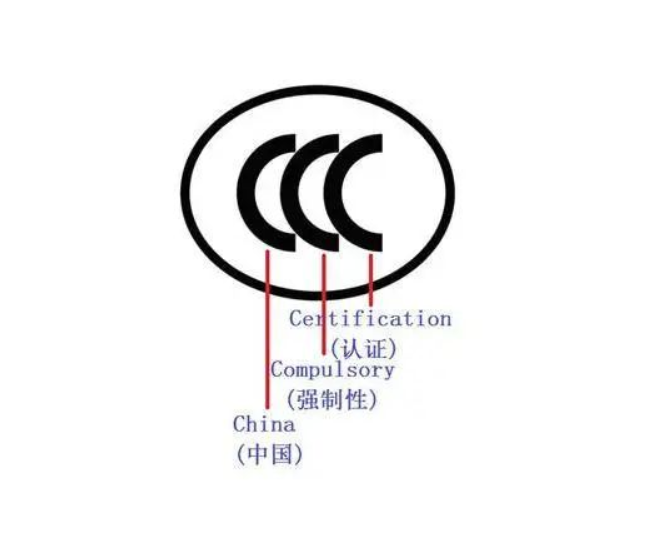On January 18th, 2024, the Consumer Product Safety Commission (CPSC) published the final rules on the mandatory standard 16CFR part 1250 "Safety of Children's Toys" in the Federal Gazette, and approved the revised ASTM F963-23 as the mandatory toy safety standard. Unless CPSC receives important objections before February 20, 2024, it will take effect on April 20, 2024.
The main updates of ASTM F963-23 are as follows:
1. Heavy metals in the substrate
1) Describe the exemption separately to make it clearer;
2) Increase the rules for judging accessibility, and make it clear that paint, coating or electroplating are not regarded as an inaccessible barrier. In addition, if any size of toys or parts covered by fabrics is 5 cm smaller, or the fabric material cannot pass the fair use and abuse test to prevent the internal parts from being accessible, the fabric covering is not regarded as an inaccessible barrier.
2. Phthalates
Revise the requirement of phthalate esters, requiring that the following 8 kinds of phthalate esters that can touch plastic materials of toys should not exceed 0.1% (1000 ppm): Di (2- ethyl) hexyl phthalate (DEHP); Dibutyl phthalate (DBP); Butyl benzyl phthalate (BBP); Diisononyl phthalate (DINP); Diisobutyl phthalate (DIBP); Dipentyl phthalate (dpenp); Dihexyl phthalate (dhexp); Dicyclohexyl phthalate (DCHP), which is consistent with 16 CFR 1307.
3. Sound
1) The definition of audible push-pull toy is revised, so that push-pull toys can be clearly distinguished from desktop, floor or crib toys;
2) Add abuse test requirements for sounding toys over 8 years old, and make it clear that toys for children under 14 years old must meet the sound requirements before and after use and abuse test. For toys used by children from 8 to 14 years old, the use and abuse test requirements for children from 36 months to 96 months old are applicable.
4. Battery
Higher requirements are put forward for the accessibility of batteries:
1) toys over 8 years old also need to be tested for abuse;
2) The screws on the battery cover shall not fall off after the abuse test;
3) The attached special tool for opening the battery compartment should be explained in the instruction manual: remind consumers to keep this tool for future use, point out that this tool should be kept out of the reach of children, and point out that this tool is not a toy.
5. Expansive materials
1) The scope of application has been revised, and expanded materials with non-small parts have been added;
2) Corrected the error of dimension tolerance of test gauge.
6. Ejection toys
1) The requirements of the previous version on the storage environment of temporary ejection toys were removed;
2) Adjust the order of the clauses to make them more logical.
7. Identification
The requirement of traceability label has been added, which requires that traceability labels containing some basic information be attached to toy products and their packages, including:
1) Name of manufacturer or private brand;
2) The place and date of production of the product;
3) Detailed information of the manufacturing process, such as batch or operation number, or other identifying features;
4) Any other information that helps to determine the specific source of the product.
Warm tips
The safety standards of toys are becoming stricter. ZRLK suggested that toy enterprises exporting to the United States should improve their risk awareness, test their products in time according to the new requirements, strictly control the quality of toy products, ensure that toy products meet the requirements of relevant standards and avoid export trade risks. Our company has rich experience in product testing, which can help you easily understand whether the product is safe and compliant. If you need it, please feel free to contact us, and our engineers will serve you at the first time!












